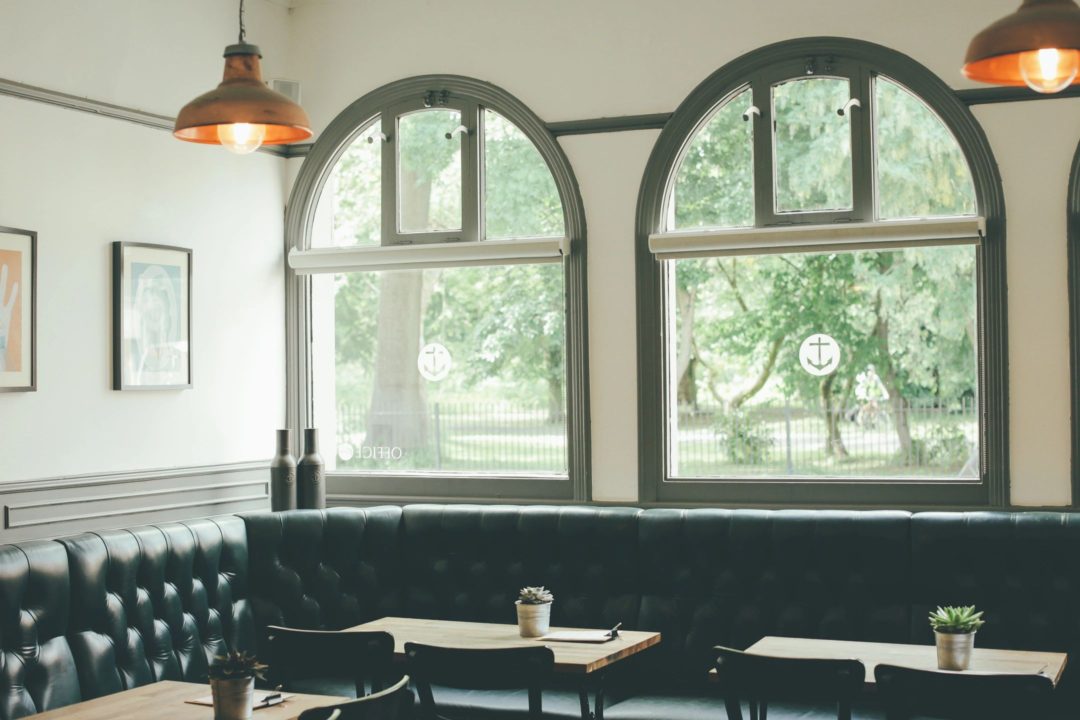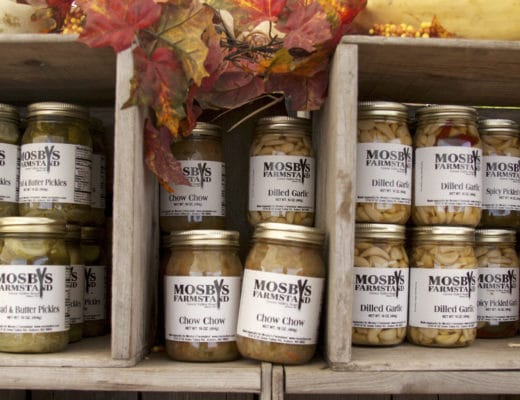When given the choice, do you purchase that $20 pair sneakers that you’ll most likely replace in a few months, or are you willing to shell out $120 to ensure you have a well supporting shoe that’ll last you much longer?

While CFL bulbs, were all the rage in the 2000’s, LED is making a charge into the 2020’s. Both bulbs use less energy than the traditional incandescent bulb, but there are some considerable advantages that LEDs have over CFLs such as heat, toxicity, function and durability. Here are some of the benefits to using LEDs.
Heat and UV:
Having relatively no heat or UV output make LED lights great for illuminating products or artifacts that are susceptible to damage like food, wine or artwork. LED bulbs are great for lamps that you would want to be cool to the touch, for whatever reason.
Long Lifespan:
When compared to incandescent and CFL bulbs, LEDs last longer and are less prone to breakage. While more expensive initially, it is their long lifespan combined with their low energy consumption that can make them an economically wise choice.
Ecology:
LED bulbs are recyclable, use less energy and have a longer lifespan than traditional lighting. While safer to throw into a landfill, incandescent bulbs do consume more energy over time. CFLs on the other hand contain mercury, meaning that they are not recyclable and should be handled as hazardous waste when discarded.
Quick On/Off:
Whereas CFLs take a while to warm up when turned on, LED lights are immediately bright. LEDs are also unaffected by extreme temperatures, making them ideal for use in outdoor lighting and refrigerated conditions.
Adaptable:
Their small size and long life make LED lights great for out of the way fixtures that are hard to reach, or you don’t want to worry about changing every year. Low temperature strip lighting is available that can be placed above or below cabinets, moldings and furniture to create a certain aesthetic appeal. You should always follow safety guidelines when using any kind of lighting fixture.
Durable:
Unlike their glass-laden cousins, LEDs can take punch and still light a room. This makes them suitable for use in situations where there may be extreme temperatures, movement and or shock.
Low Voltage:
LED lights are ideal for outdoor lighting, battery operation and use with alternative energy sources like solar and wind. They are being used more and more in mobile applications like cars, planes and boats. Smaller battery powered devices like flashlights; bike lights and camp lanterns are also great applications for LED lighting and can be found most anywhere these days.
Aesthetics:
LED lights can be configured into many different colors. Some fixtures are even able to transition between colors. By design LED lights are directional, making them ideal for applications like recessed lighting and under cabinets. There are LED bulbs available that have been designed to cast light in all directions, making them suitable for more traditional fixtures like table lamps.
According to Energy.gov LED bulbs use 75-80% less energy than traditional incandescent bulbs and last up to 25 times as long. This is something to consider when changing bulbs in that ceiling fan or stairway chandelier.
15 Actionable Ways to Save Energy At School
There are many ways you can save energy and become more sustainable at home. Switching out standard CFL bulbs for LEDs should be top of your list but there are other ways to save energy at home. Many of these mirrors the ways you can save energy at school.
Check out our blog to learn 15 Actionable Ways to Save Energy At School
4 Energy-Saving Tips to Lower Your Bills
20% of the energy in our homes goes wasted, each year. Unfortunately, most of us do not realize this, and end up paying far more than we have to.
Here are 4 energy saving tips to help cut down your monthly electricity bill.









